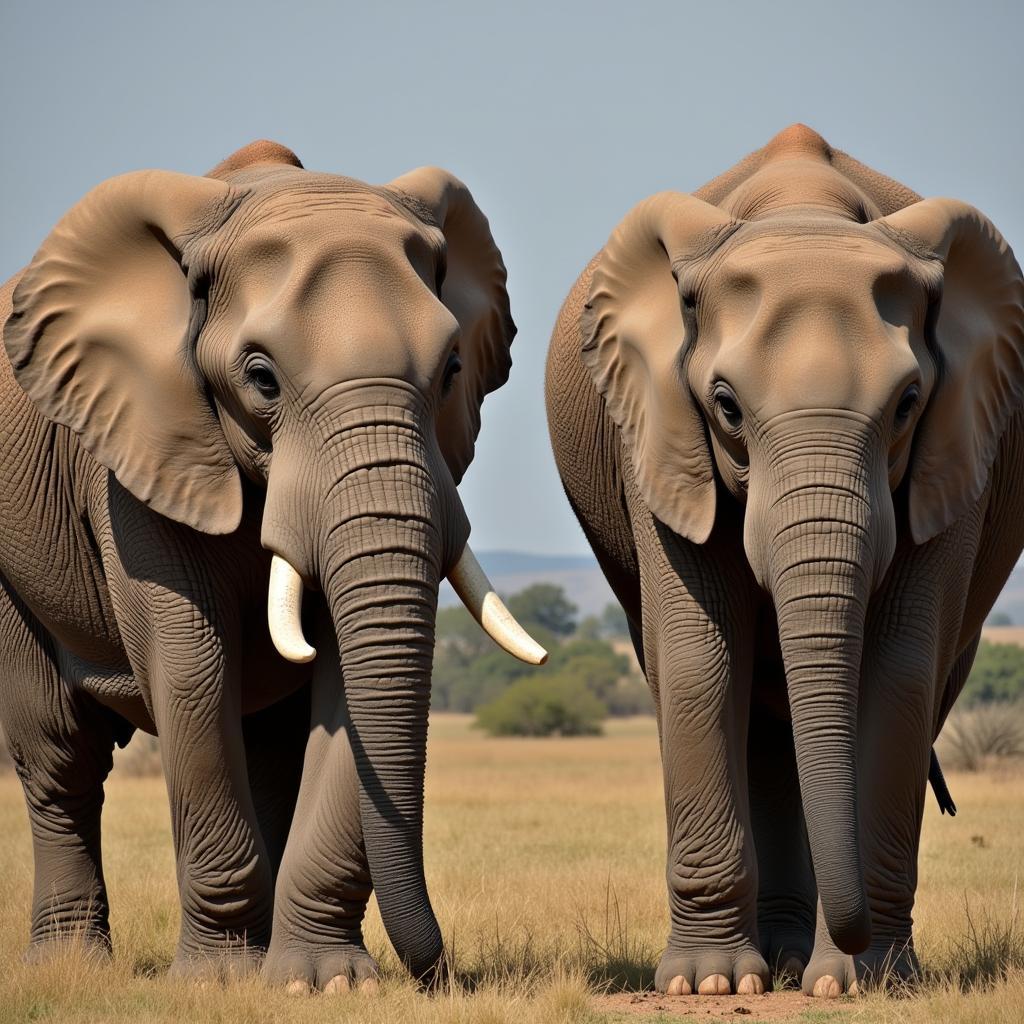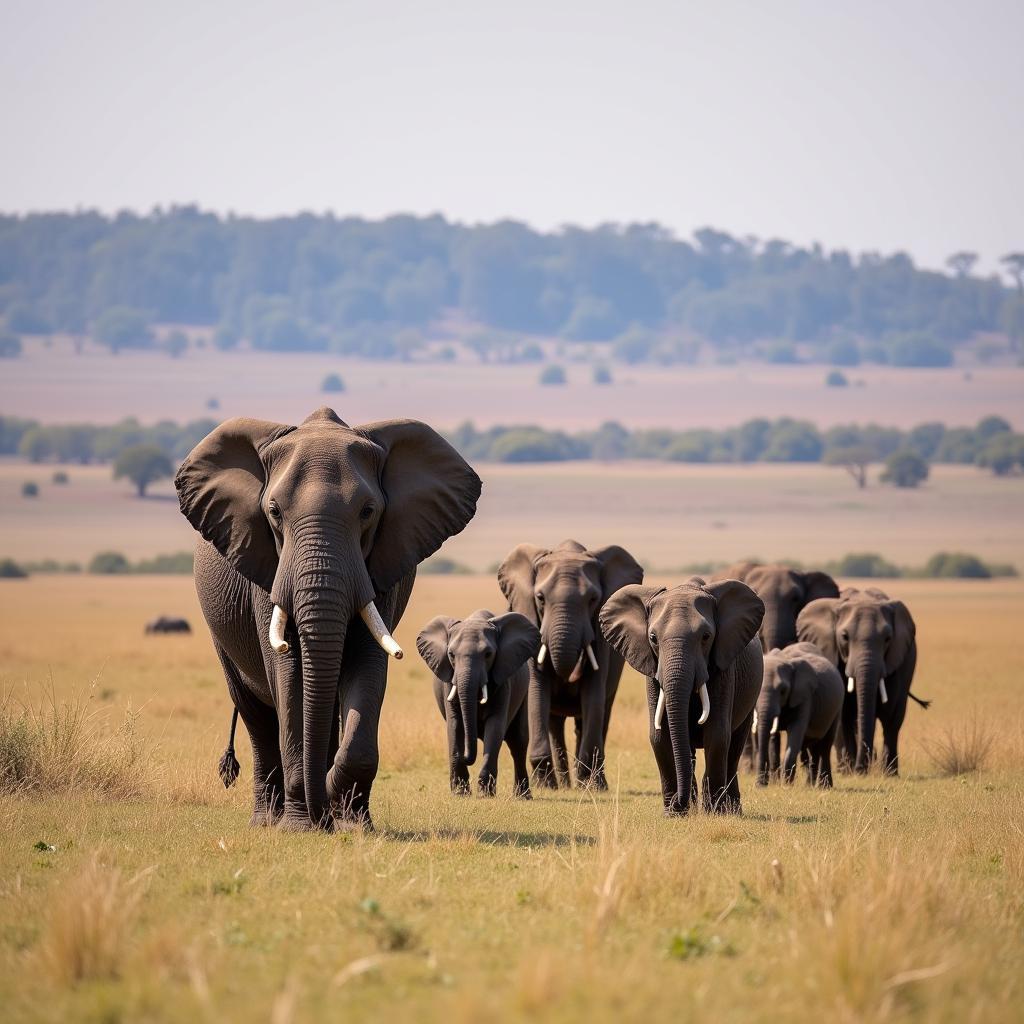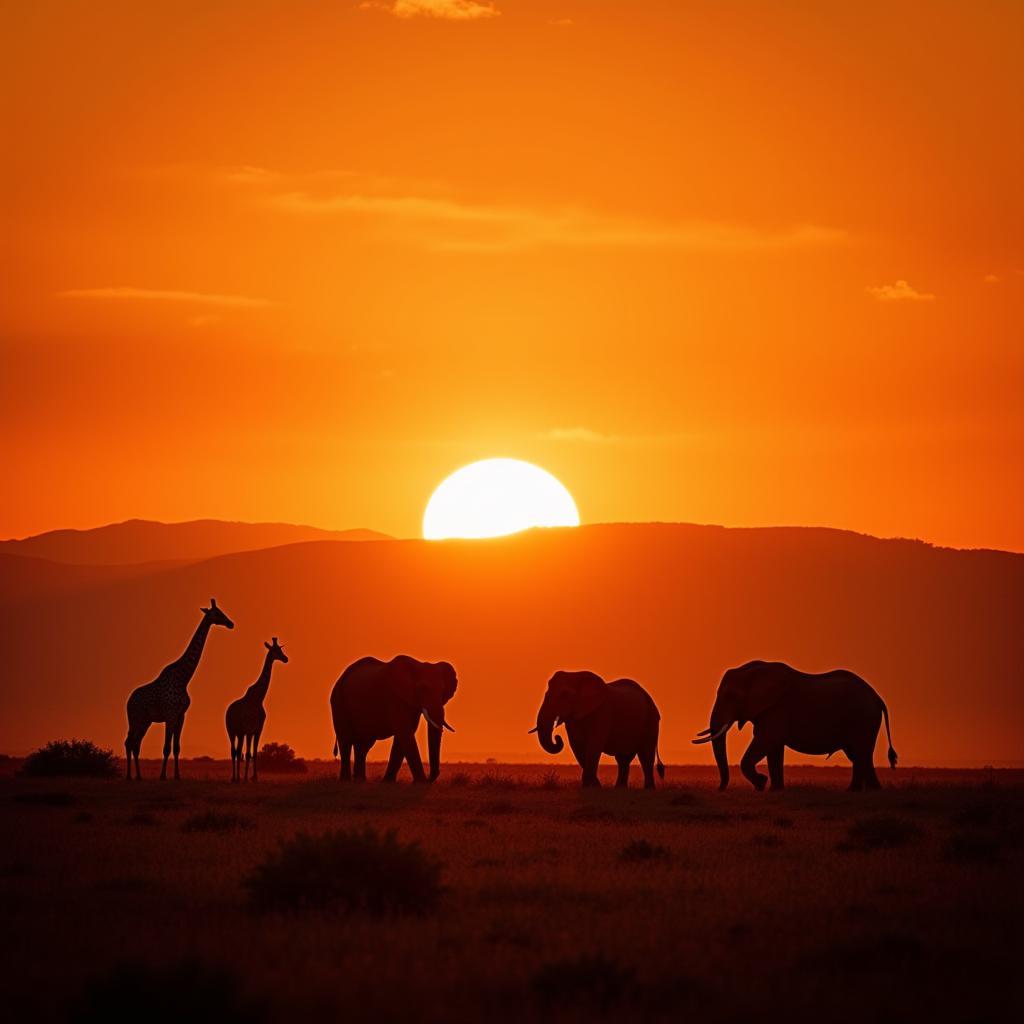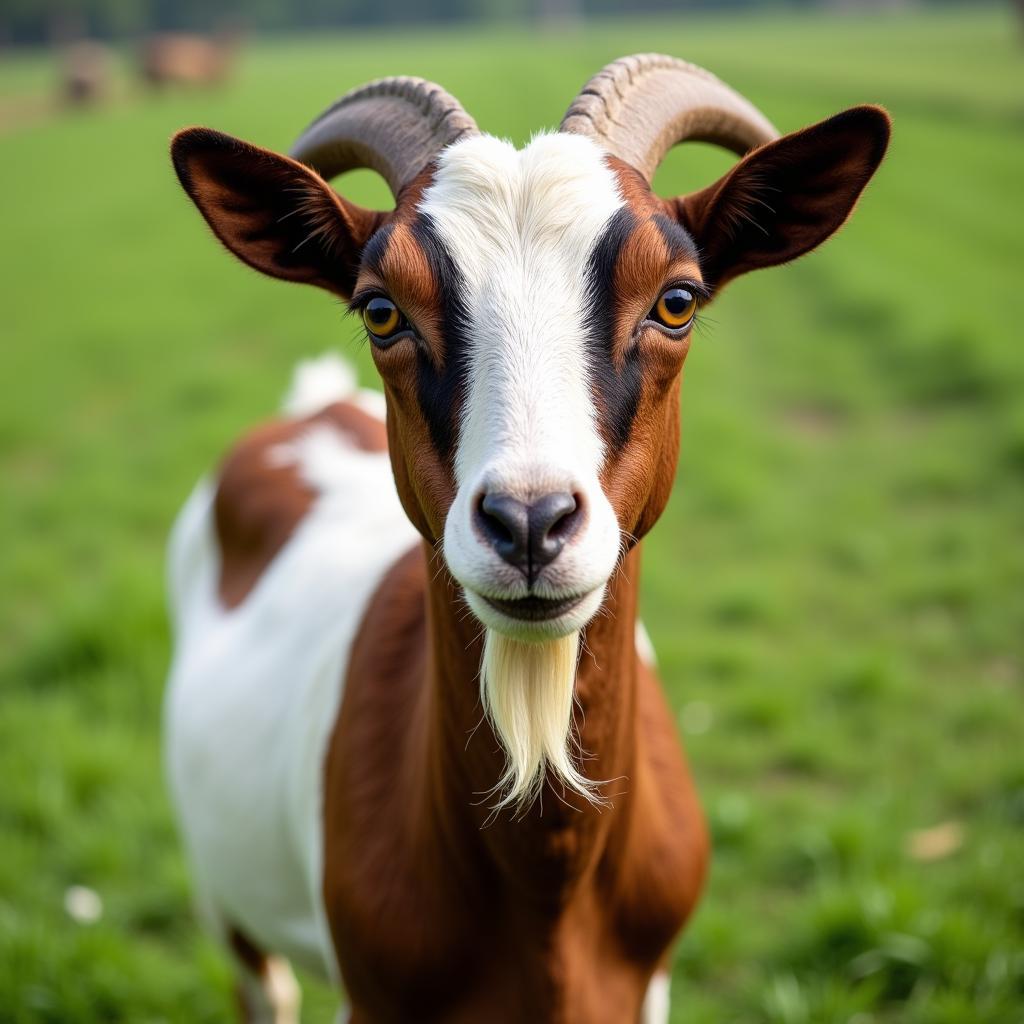Difference Between Indian Elephants and African Elephants
The majestic elephant, a symbol of wisdom and strength, captivates us with its sheer size and intelligence. But did you know that not all elephants are the same? There are distinct differences between Indian elephants and African elephants, making each species unique. Let’s delve into the fascinating world of these gentle giants and explore the variations that set them apart.
Physical Characteristics: Spotting the Difference
One of the most noticeable differences between Indian and African elephants lies in their physical appearance.
Size and Weight:
- African elephants: Are generally larger, with males reaching up to 13 feet tall and weighing up to 6 tons.
- Indian elephants: Are slightly smaller, with males averaging around 9 feet tall and weighing up to 5 tons.
Ears:
- African elephants: Possess large, fan-shaped ears that extend past their necks. These massive ears play a crucial role in regulating body temperature.
- Indian elephants: Have smaller, rounded ears that are less prominent.
Tusks:
- African elephants: Both males and females typically have tusks, which are elongated incisor teeth.
- Indian elephants: Only some males have tusks, while females rarely possess them.
Head Shape:
- African elephants: Have a concave-shaped head with a sloping forehead.
- Indian elephants: Have a convex-shaped head with a double-domed forehead.
 African and Indian Elephant Head Shape
African and Indian Elephant Head Shape
Geographical Distribution and Habitat
As their names suggest, African elephants are native to the African continent, while Indian elephants are found in South Asia.
African Elephants:
- Distribution: Sub-Saharan Africa
- Habitat: Diverse, ranging from savannas and grasslands to forests and deserts.
Indian Elephants:
- Distribution: India, Sri Lanka, Bangladesh, and parts of Southeast Asia.
- Habitat: Primarily forests, grasslands, and scrublands.
Social Behavior: Family Ties and Communication
Elephants are highly social animals, known for their strong family bonds. However, there are subtle differences in the social structures of African and Indian elephants.
Herd Structure:
- African elephants: Live in matriarchal herds led by the oldest and most experienced female, the matriarch.
- Indian elephants: Also live in matriarchal herds, but their herds tend to be smaller and less cohesive than their African counterparts.
Communication:
Both species communicate through a variety of vocalizations, including trumpets, rumbles, and roars.
 African Elephant Herd
African Elephant Herd
Diet and Feeding Habits: What’s on the Menu?
Both African and Indian elephants are herbivores, meaning their diet consists mainly of plants. However, their specific food preferences vary based on their environment.
African Elephants:
- Diet: Grasses, leaves, bark, fruit, and roots.
- Feeding Habits: Spend a significant portion of their day foraging for food due to the lower nutrient content in their diet.
Indian Elephants:
- Diet: Similar to African elephants, but with a greater emphasis on grasses and bamboo.
- Feeding Habits: May spend less time foraging than African elephants as their diet is relatively richer in nutrients.
Conservation Status: Protecting the Giants
Sadly, both African and Indian elephants face numerous threats, primarily due to habitat loss, human-wildlife conflict, and poaching.
African Elephants:
- Conservation Status: Listed as “Endangered” by the International Union for Conservation of Nature (IUCN).
- Threats: Habitat loss due to deforestation and human expansion, poaching for ivory.
Indian Elephants:
- Conservation Status: Listed as “Endangered” by the IUCN.
- Threats: Habitat fragmentation and degradation, human-elephant conflict, poaching for ivory and other body parts.
FAQs: Frequently Asked Questions about African and Indian Elephants
1. Can African and Indian elephants interbreed?
While there have been rare documented cases of African Indian elephant hybrid, it is extremely unlikely in the wild due to their geographical separation.
2. Are African elephants more aggressive than Indian elephants?
Both species can display aggressive behavior if threatened, but African elephants are generally considered more unpredictable due to their larger size and tusks. However, it’s important to remember that individual temperament can vary greatly.
3. Why are African elephants endangered?
African elephants are facing a severe population decline primarily due to habitat loss and poaching for their ivory tusks.
4. What is the African elephant taxonomy?
African elephants are classified into two species: the African bush elephant (Loxodonta africana) and the African forest elephant (Loxodonta cyclotis).
5. Where can I find more information about the difference between African and Indian elephants?
You can find a wealth of information and insightful discussions on platforms like Quora, where people often compare African elephants vs. Indian elephants.
The Future of Elephants: Our Responsibility
Understanding the Difference Between Indian Elephants And African Elephants is not just about appreciating their unique characteristics, but also about recognizing the urgent need for their conservation. These magnificent creatures play a vital role in their respective ecosystems, and their disappearance would have far-reaching consequences.
By supporting conservation efforts, raising awareness, and promoting responsible tourism, we can all contribute to securing a future where both African and Indian elephants continue to thrive in the wild for generations to come.
Need help planning your African adventure? Contact us at +255768904061, [email protected] or visit our office in Mbarali DC Mawindi, Kangaga, Tanzania. Our team is available 24/7 to assist you.


